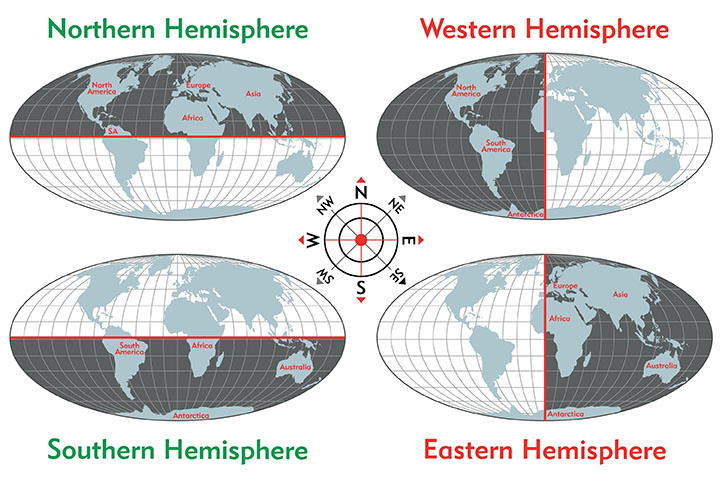

The Northern Hemisphere is the half of the Earth that is north of the equator. It includes North America, Europe, Asia, and parts of Africa.
The Northern Hemisphere has four seasons: spring, summer, fall, and winter. Spring is the season when the weather starts to get warmer, summer is the warmest season, fall is the season when the weather starts to get cooler, and winter is the coldest season.
The Northern Hemisphere also has two different time zones: Eastern Standard Time (EST) and Pacific Standard Time (PST). EST is 5 hours ahead of Coordinated Universal Time (UTC), and PST is 8 hours ahead of UTC.
The Northern Hemisphere is the half of the Earth that is north of the equator.

The word "Northern Hemisphere" has no different forms. It is a compound noun that is made up of the words "Northern" and "Hemisphere.".
The word "Northern" comes from the Old English word "northern," which means "situated in or towards the north." The Old English word "northern" is also the source of the Dutch word "noordelijk" and the German word "nördlich.".
The word "Hemisphere" comes from the Greek word "hemisphairion," which means "half of a sphere." The Greek word "hemisphairion" is also the source of the Latin word "hemisphaerium" and the French word "hémisphère.".
The word "Northern Hemisphere" was first used in English in the 16th century. It was used to refer to the half of the Earth that is north of the equator.
What is the Northern Hemisphere?